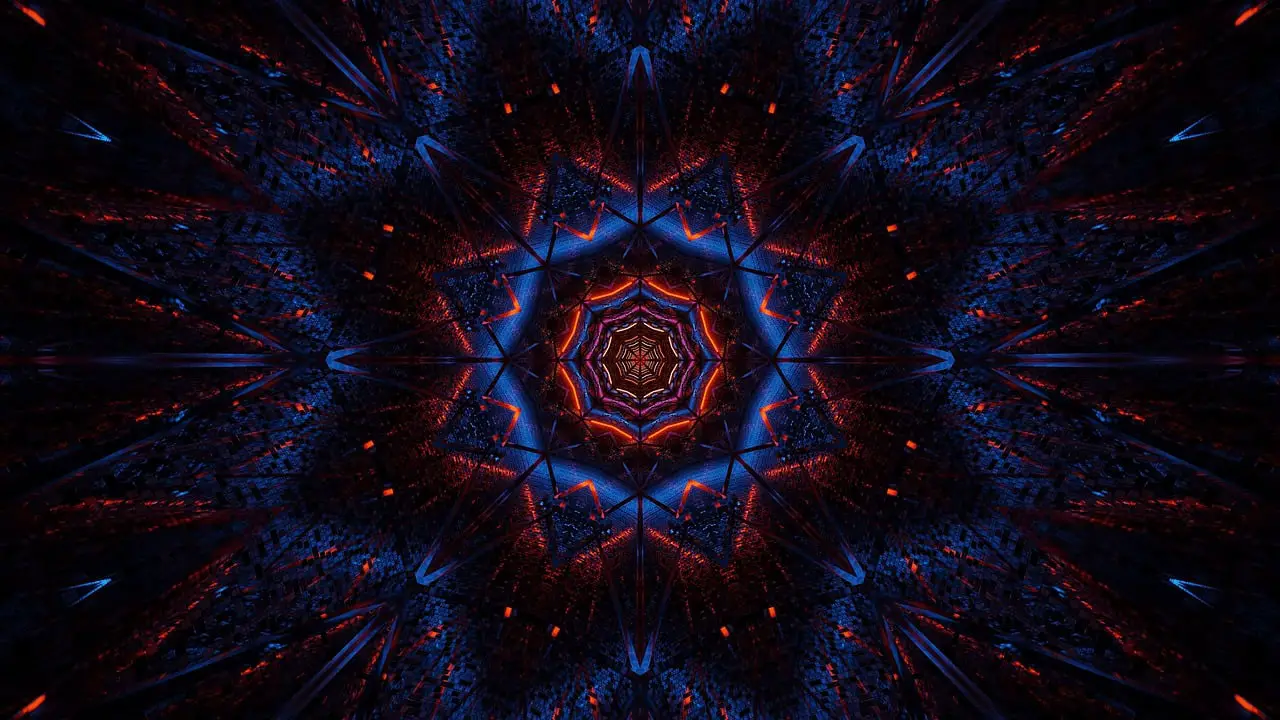Recently, three astronomers came up with a ground-breaking finding that has the potential to shed light on the mysterious nature of dark matter. These researchers, who are affiliated with The University of Texas at Austin and Colgate University, have discovered three objects in the universe that shine extraordinarily brightly and may be dark stars. If it were established that dark stars do in fact exist, this would provide significant light on the character and origin of dark matter, which is estimated to make up about 25 percent of the universe.
It is thought that dark matter is made up of Weakly Interacting Massive Particles (WIMPs), which are particles that self-destruct and release heat in the process of doing so. This heat causes hydrogen clouds to collapse, which results in the formation of bright, black stars. If the discovery of these previously unknown dark stars is verified, they will be considerably larger and more brilliant than our sun, with an output of luminosity that is up to ten billion times brighter.
The team intends to carry out follow-up observations using the James Webb Space Telescope (JWST) in order to further study this ground-breaking hypothesis and its implications. Scientists have high hopes that they will be able to confirm the presence of these possible dark stars and learn more about the nature of dark matter if they analyze the attributes and behavior of these potential dark stars.
Due to the fact that the measurements point to an exceptionally high number of big galaxies in the early universe, this revelation casts doubt on the accuracy of the predictions made by the standard model of cosmology. The researchers determined that the items’ ages ranged from 320 million to 400 million years after the Big Bang when they conducted their analysis. At this point, it is unknown whether the objects in question are dark stars or galaxies containing millions upon millions of regular stars. To get a better understanding of their genuine nature, additional research and observations are required.
Katherine Freese, Doug Spolyar, and Paolo Gondolo presented the idea of black stars for the first time in a study that was published in Physical Review Letters in 2008. Their concept implies that dark matter particles clash with hydrogen and helium gas clouds in protogalaxies, preventing the gas from collapsing into a dense core required for fusion processes, as seen in conventional stars. This is accomplished by the collision of dark matter particles with hydrogen and helium gas clouds.
Dark matter, in its whole, is still a form of matter that has not been satisfactorily explained because it does not interact with light or any other forms of electromagnetic radiation. It is classified as non-baryonic, which indicates that it does not include any typical particles that can radiate, absorb, or reflect light. Because it supplies the gravitational force that is required to tie cosmic structures together, dark matter plays an important part in cosmology. This helps to ensure that these structures do not get dispersed as a result of the expansion of the universe.
Using a wide variety of different detection methods, researchers have been looking for dark matter particles in a conscientious and persistent manner. These efforts include high-energy particle collisions carried out in huge particle accelerators and detectors buried deep underground. In spite of these efforts, the exact nature as well as the properties of dark matter continue to be a mystery.
It is a big step forward in the process of uncovering the secrets of the universe that prospective dark stars and their connection to dark matter have been discovered. Confirming the existence of dark stars and developing a deeper comprehension of dark matter would require extensive more research and observation made possible by technological advancements in telescopes and detection techniques. Scientists have high hopes that they will be able to improve their understanding of the underlying processes that govern our universe if they are successful in deciphering the mysteries of dark matter.
![]()
